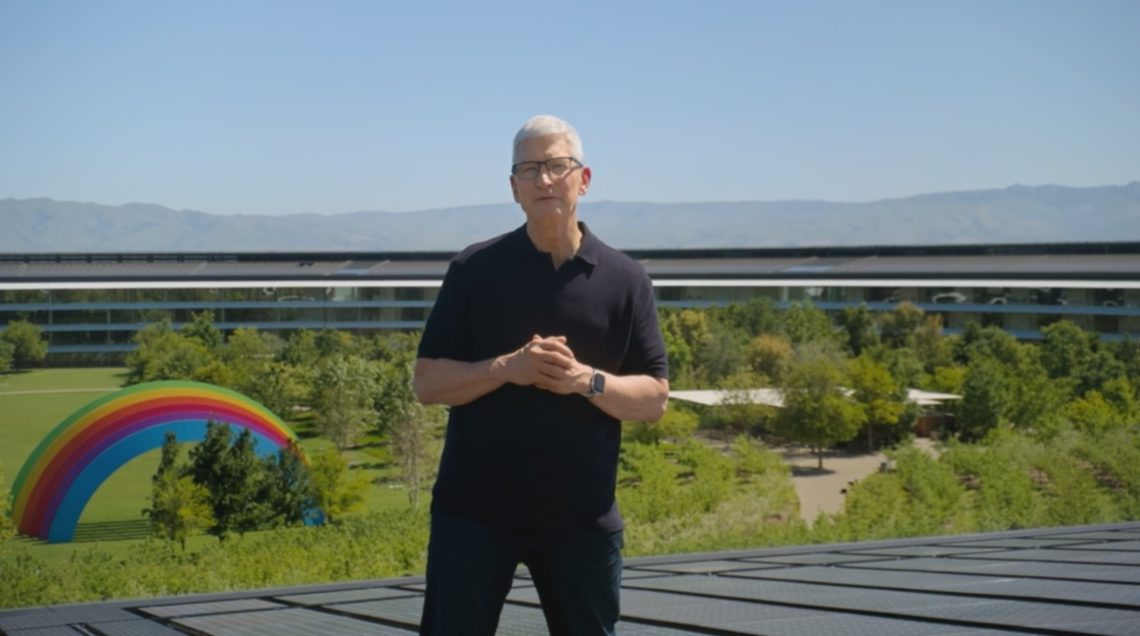Unlike previous years, Apple was already under pressure ahead of WWDC 2025. With the first year of its Apple Intelligence platform delivering underwhelming features, the company still hasn’t caught up with other AI competitors. For instance, Apple had to tweak the notification summary functionality, users complained about odd Genmoji results, Writing Tools missed mistakes, and Cupertino indefinitely delayed what was supposed to be its most impressive feature, Siri’s on-screen awareness. It’s fair to say this hasn’t been Apple’s strongest year.
Even so, rumors suggest Apple has only a few AI features lined up for the WWDC 2025 keynote, as it plans to focus on improving what’s already there. If that’s true, Apple risks falling even further behind, especially with Google exploring agentic browsing and OpenAI literally building a device that might replace the iPhone.
Given all that, the currently rumored iOS 19 features don’t seem likely to surprise or excite users or shareholders. The latest reports suggest Apple is planning a system-wide redesign for iOS 19, iPadOS 19, and macOS 16 to make them more integrated and visually aligned, adopting a visionOS-style look.
Twelve years ago, a redesign of iOS was one of the most exciting changes an iPhone user could experience. In 2025, though, it feels more like Apple is stalling and uncertain about its AI direction.
Yesterday, when OpenAI announced a partnership with Jony Ive, the launch of a new io company, and plans for a family of AI products, it felt like I was watching the future through my iPhone. Apple’s device, once the pinnacle of tech, has never felt more outdated.
With that in mind, I’d say Apple has one last shot to convince users it still has what it takes. But the latest rumors point to this being one of the most disappointing WWDCs yet.
The post Apple faces unprecedented pressure ahead of WWDC, and risks falling short appeared first on BGR.




